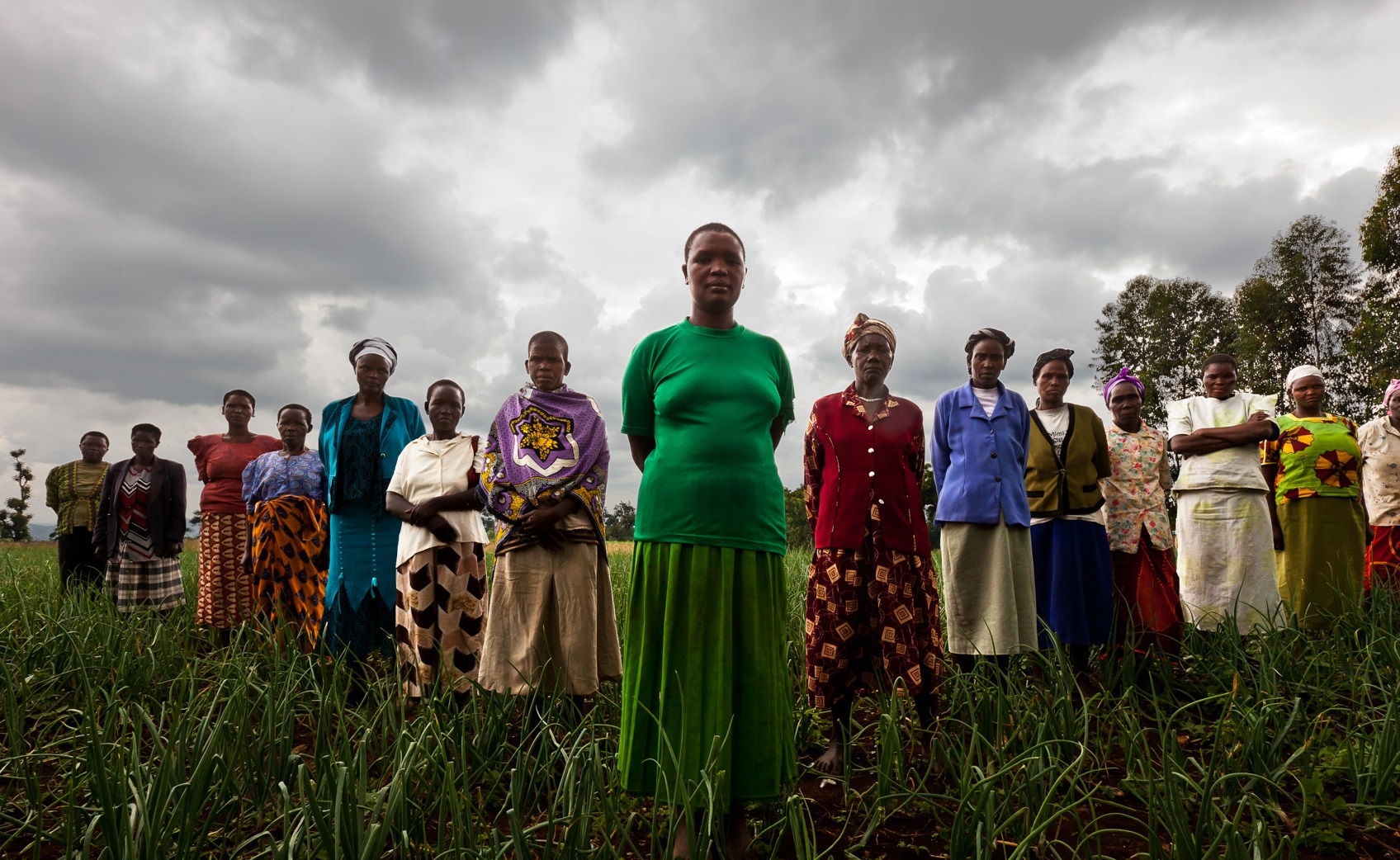Last week, the World Bank held its annual Conference on Land and Poverty in Washington, DC, in which scholars, practitioners, donors, and researchers present their work on land issues. I attended with the organization where I currently intern, the Huairou Commission, a coalition of more than 50 grassroots women’s organizations from around the world. Besides the predictable business card exchanging and long days of schmoozing, this conference brought forth one major theme on global land issues: the overabundance of (expensive) research and the insufficiency of on-the-ground implementation.
This year, the conference incorporated gender as a track for the first time (other tracks include investment, natural resources, monitoring, spatial and research, urban, and partnerships), carving out a physical space for discussion and analysis on women and land issues. Additionally, the Huairou Commission along with other stakeholders secured a space for a daily women’s caucus to discuss the research presented, and a booth to display research and implementation surrounding women and land issues. Women and land issues constitute a critical aspect of development and securing this space was vital in pushing forth a gender agenda that can be understood and grasped by the entire development sector. Several researchers presented studies proving the negative impact of women’s insecurity in land rights, which includes inheritance, ownership, user rights, and tenure, among other things. Missing from this discussion of already established facts was the discussion of actual implementation.
The conference itself is a wealth of information on existing issues (for both women and men), and efficacy of policies and implementation, but lacks clear focus on how to systematically achieve sustainable success on land issues. However, a few presenters from civil society illustrated how bottom-up solutions are working for them. Approaching land issues must come from the ground-up, and governments, donors, and institutions must rely on civil society’s wealth of knowledge and resources in a multi-stakeholder partnership. Why should more money be spent on research when the solutions already exist in grassroots groups? Acknowledging the success of an equal partnership with civil society, including grassroots and community groups, is the first step in sustainable implementation. In their concluding remarks, several plenary speakers emphasized this point: in order to achieve holistic and sustainable implementation, partnerships between governments, civil society, the private sector, and other development institutions must utilize available resources and research to develop solutions.
The World Bank, along with governments, major donors, and the private sector hold the monetary power in development policy and projects. In collaborating with civil society and incorporating existing solutions for implementation, those major power players can achieve the success their research has been searching for and in many cases, has ostensibly found. If we allow our ideas to leave the conference room and enter the real world, we’ll be that much closer to making a change.
(Photo above by Brent Stirton, from brentstirton.com)

